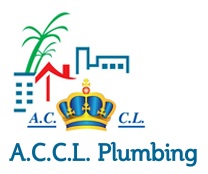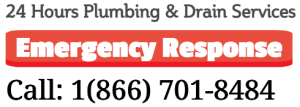Plumbing codes and regulations are essential for ensuring the safety, efficiency, and functionality of plumbing systems. Compliance with local plumbing codes and regulations is crucial for plumbers, contractors, and property owners to avoid fines, penalties, and potential safety hazards. In this article, we’ll explore the importance of plumbing codes and regulations, key aspects of compliance, and best practices for ensuring adherence to local requirements.
Importance of Plumbing Codes and Regulations
1. Safety: Plumbing codes and regulations are designed to protect public health and safety by ensuring that plumbing systems are installed and maintained correctly.
2. Efficiency: Compliance with plumbing codes and regulations can help reduce water waste, energy consumption, and environmental impact.
3. Functionality: Plumbing codes and regulations ensure that plumbing systems function correctly, reducing the risk of leaks, backups, and other issues.
Key Aspects of Compliance
1. Permits and Inspections: Obtain necessary permits and undergo inspections to ensure compliance with local plumbing codes and regulations.
2. Code Requirements: Familiarize yourself with local plumbing codes, including requirements for materials, installation, and testing.
3. Licensing and Certification: Ensure that plumbers and contractors are licensed and certified to perform work in accordance with local regulations.
Best Practices for Compliance
1. Stay Informed: Stay up-to-date with local plumbing codes and regulations, including any changes or updates.
2. Consult Local Authorities: Consult with local authorities or plumbing experts to ensure compliance with specific requirements.
3. Document Compliance: Maintain records of permits, inspections, and testing to demonstrate compliance with local regulations.
Common Plumbing Code Requirements
1. Pipe Sizing: Ensure that pipes are sized correctly to meet water pressure and flow requirements.
2. Material Selection: Select materials that meet local plumbing code requirements, including pipes, fittings, and fixtures.
3. Venting and Drainage: Ensure that venting and drainage systems are installed correctly to prevent siphoning and backflow.
Consequences of Non-Compliance
1. Fines and Penalties: Non-compliance with local plumbing codes and regulations can result in fines and penalties.
2. Safety Hazards: Failure to comply with plumbing codes and regulations can lead to safety hazards, including waterborne diseases and property damage.
3. Liability: Non-compliance can also lead to liability issues, including lawsuits and financial losses.
Conclusion
Compliance with local plumbing codes and regulations is essential for ensuring the safety, efficiency, and functionality of plumbing systems. By understanding the importance of plumbing codes and regulations, key aspects of compliance, and best practices for adherence, plumbers, contractors, and property owners can ensure that their plumbing systems meet local requirements and avoid potential consequences.

